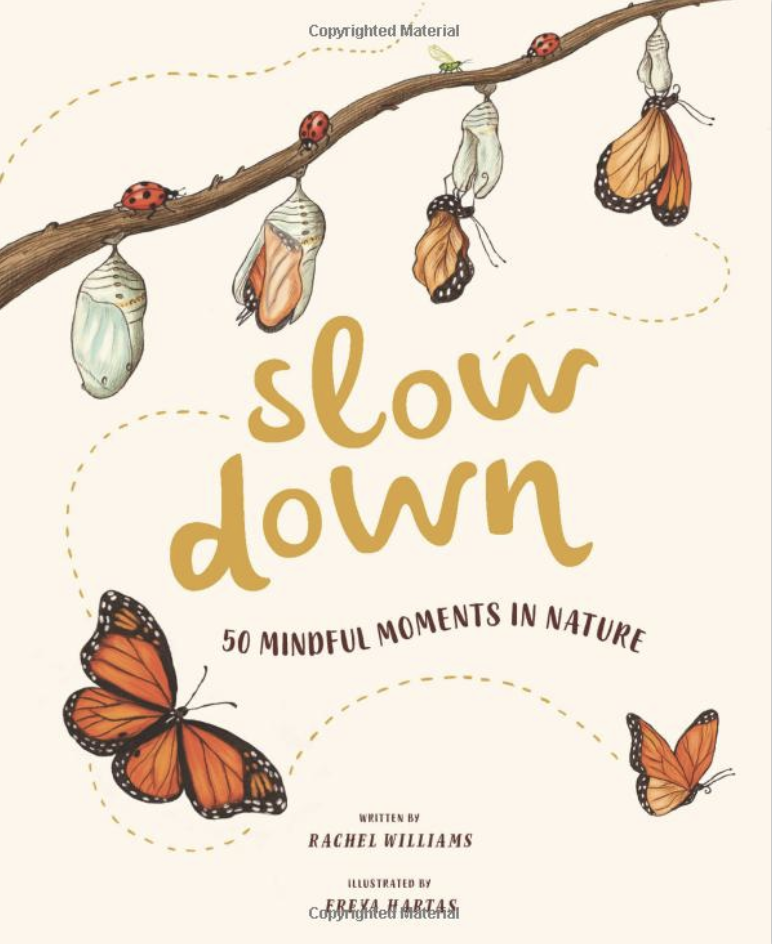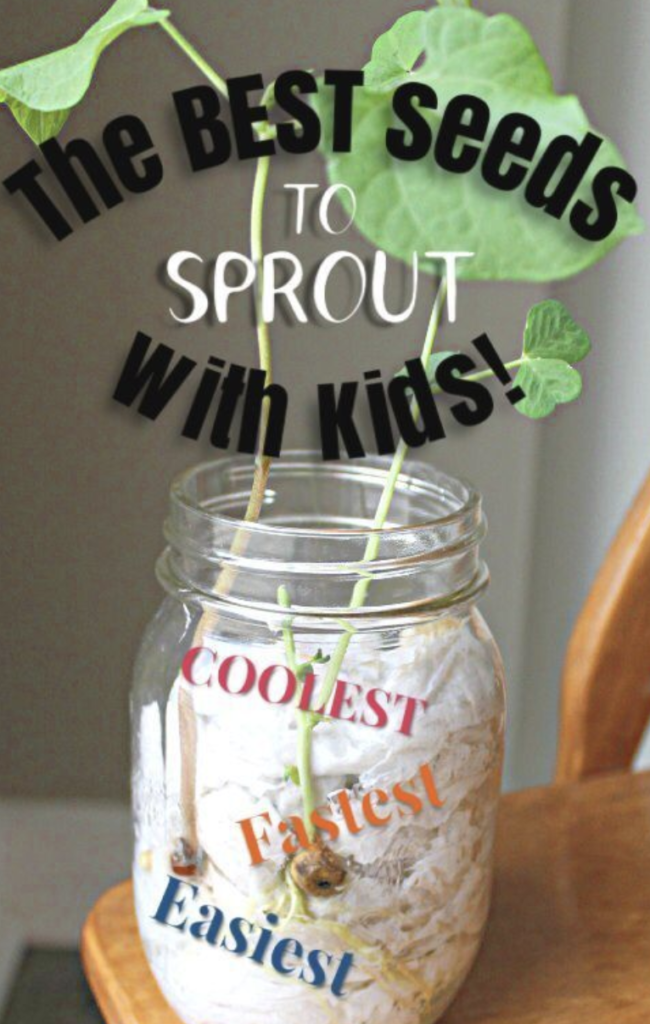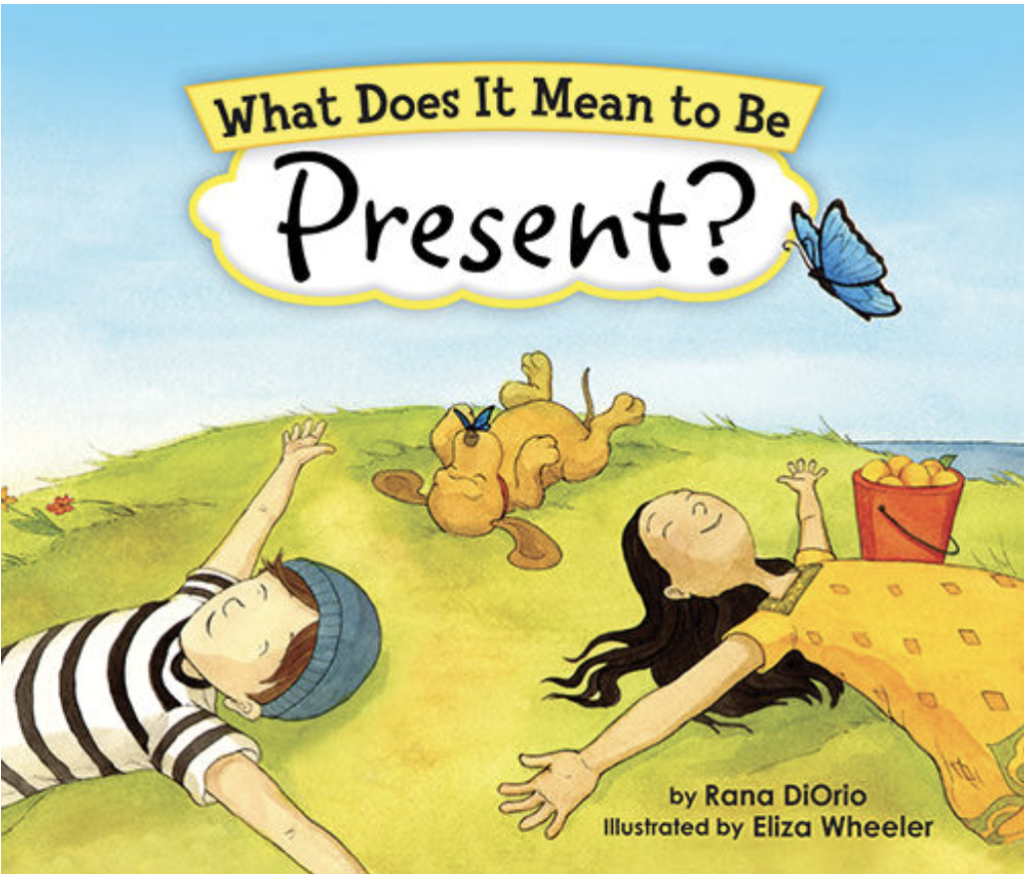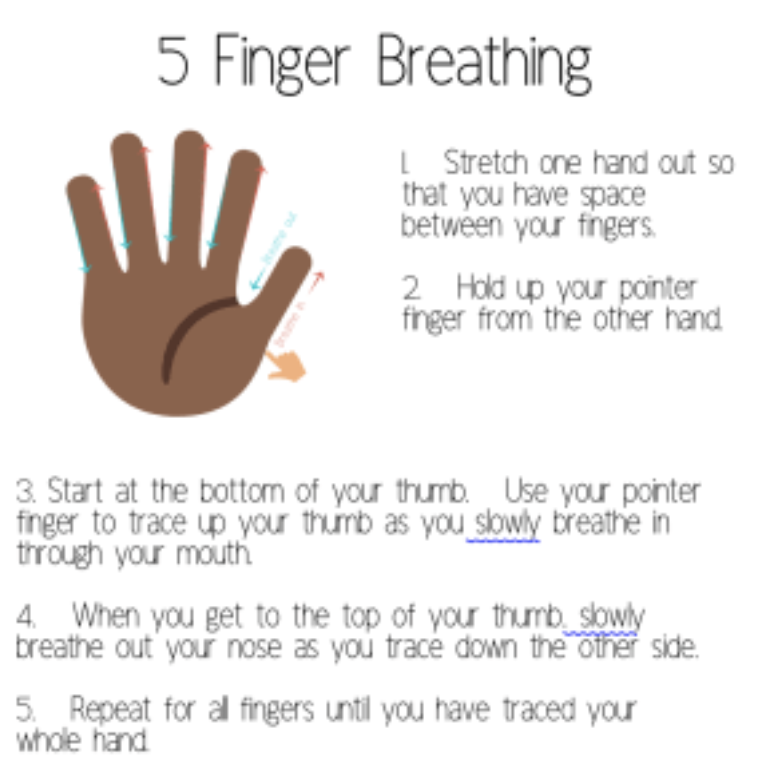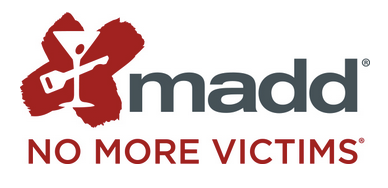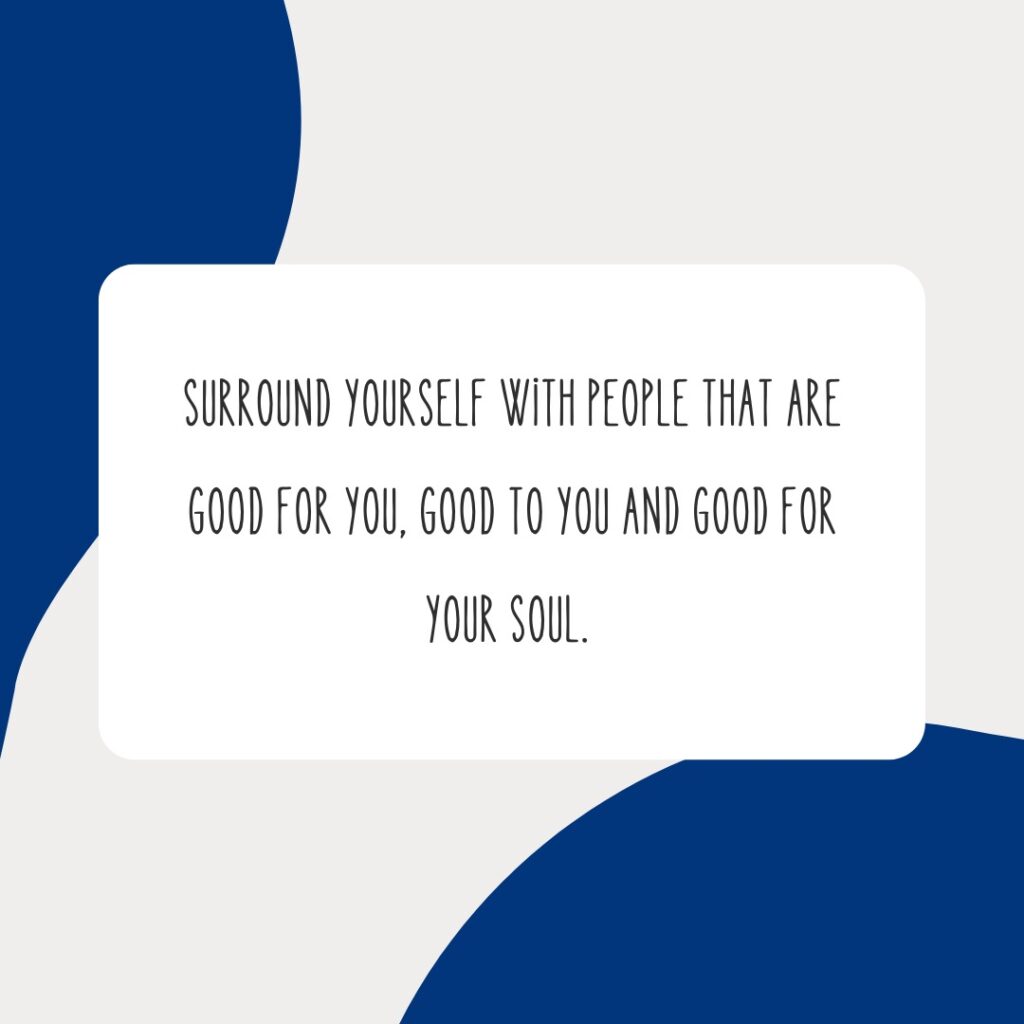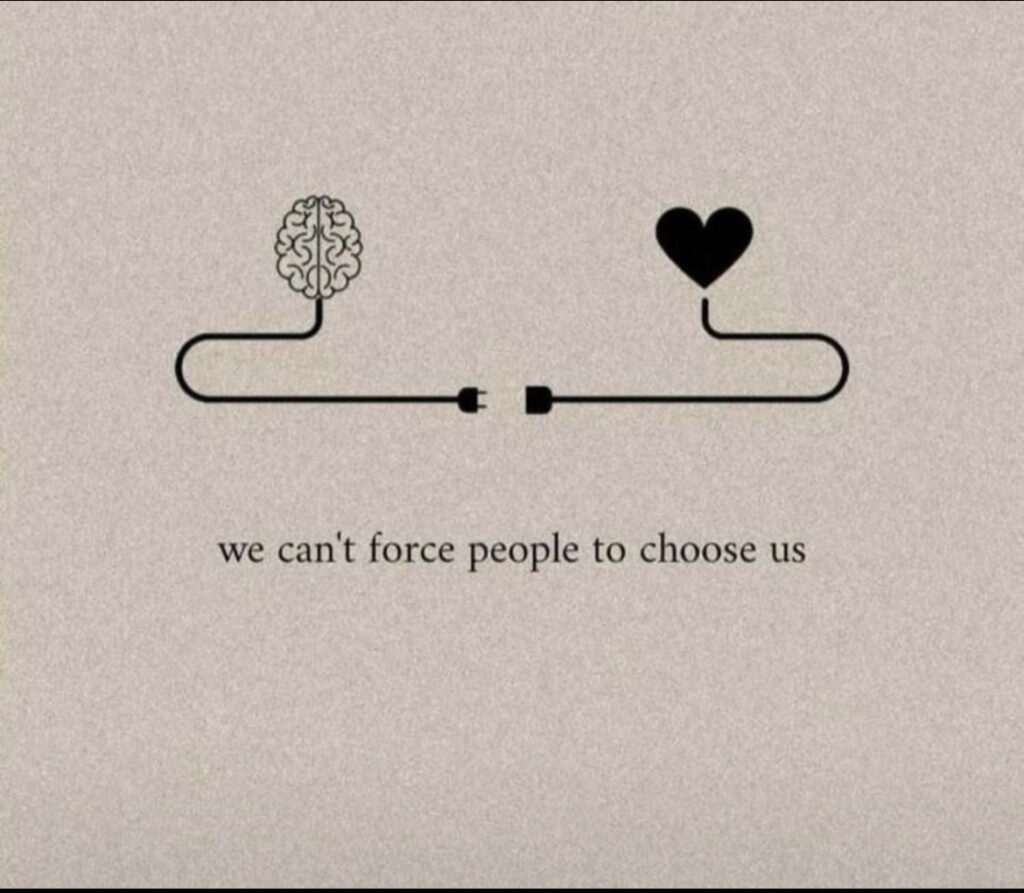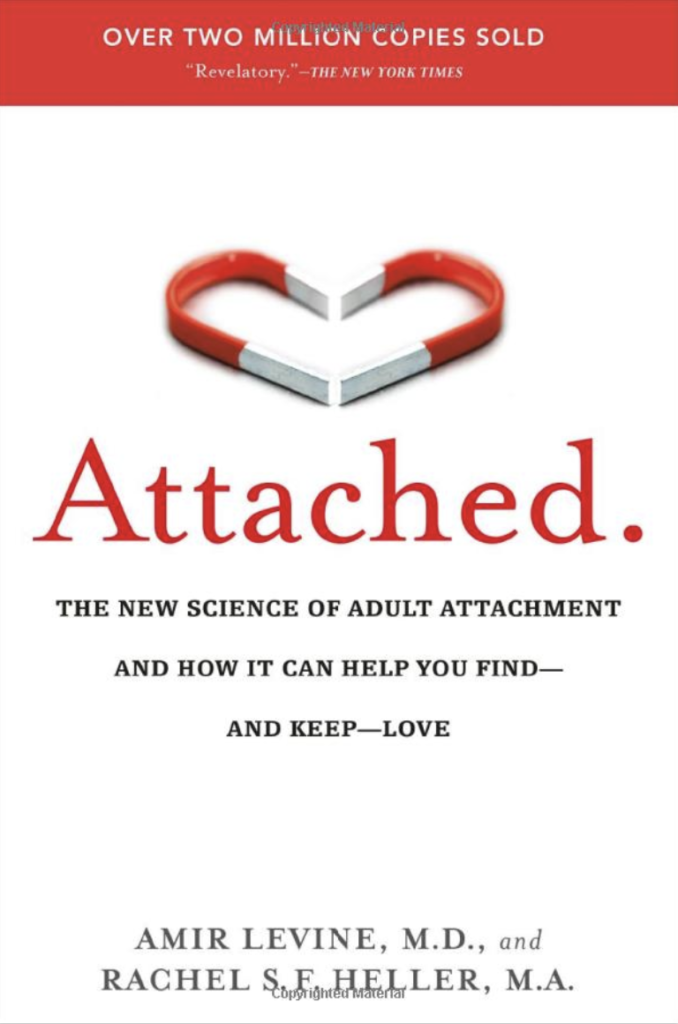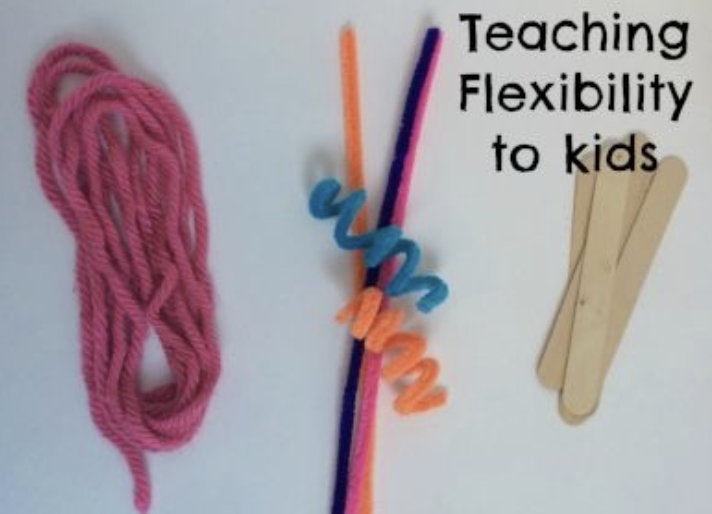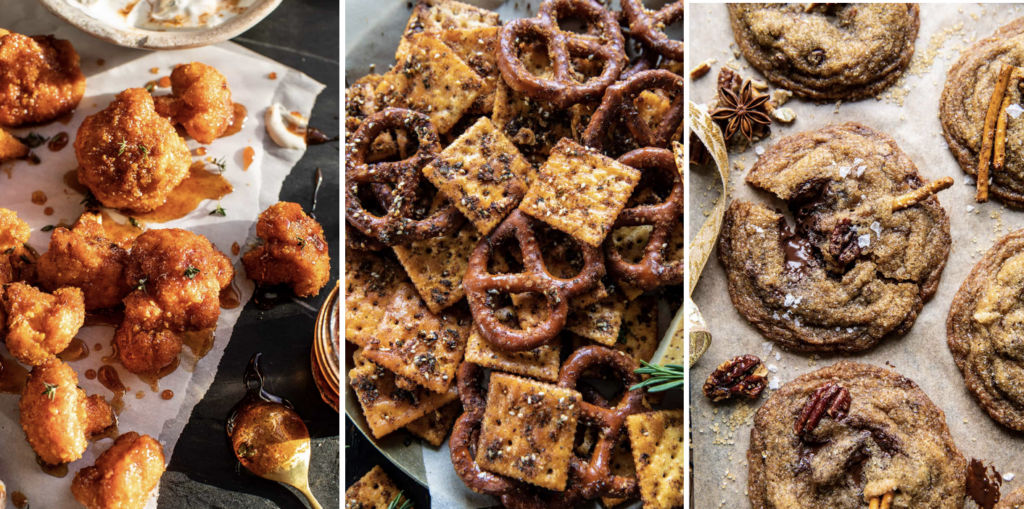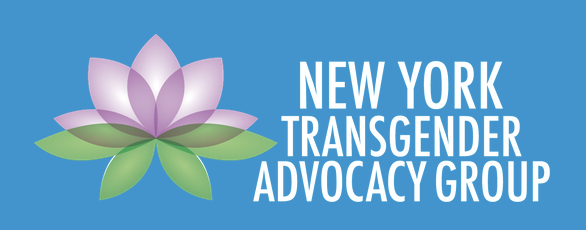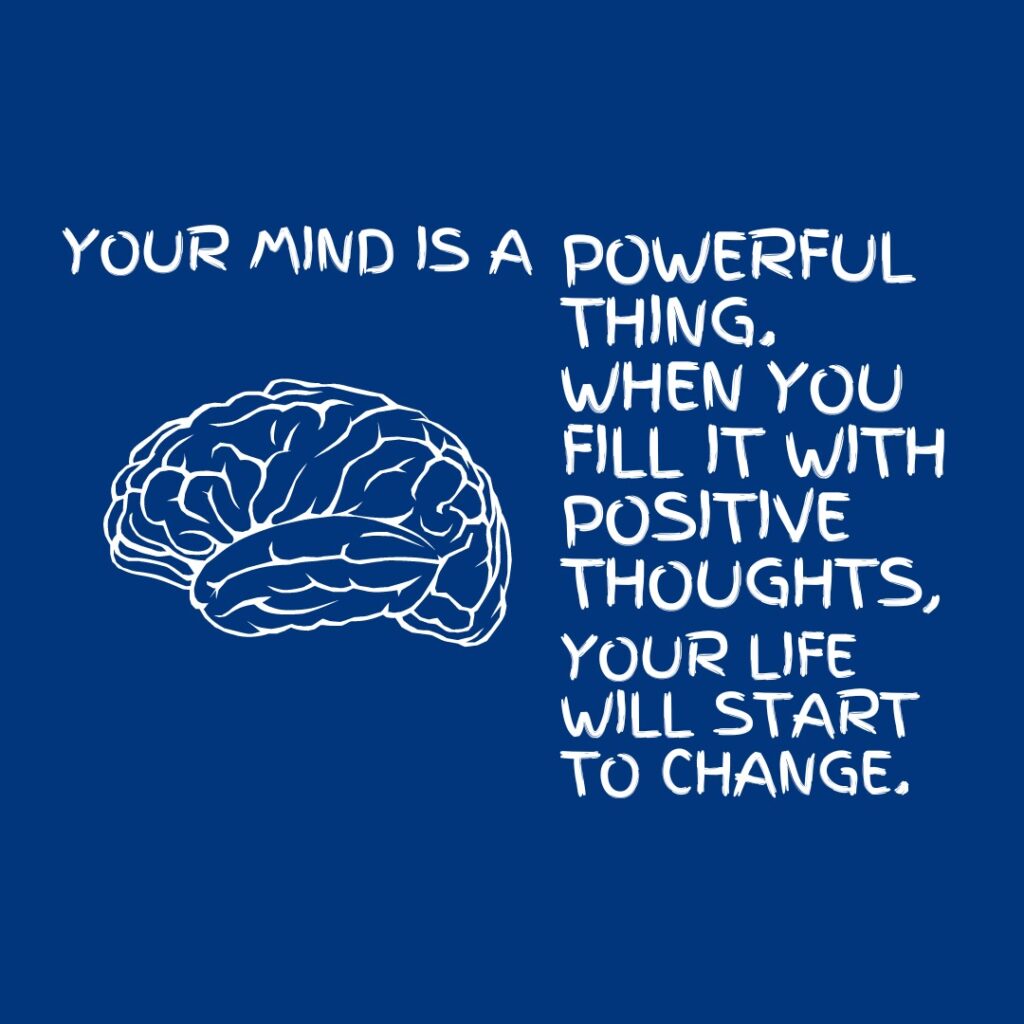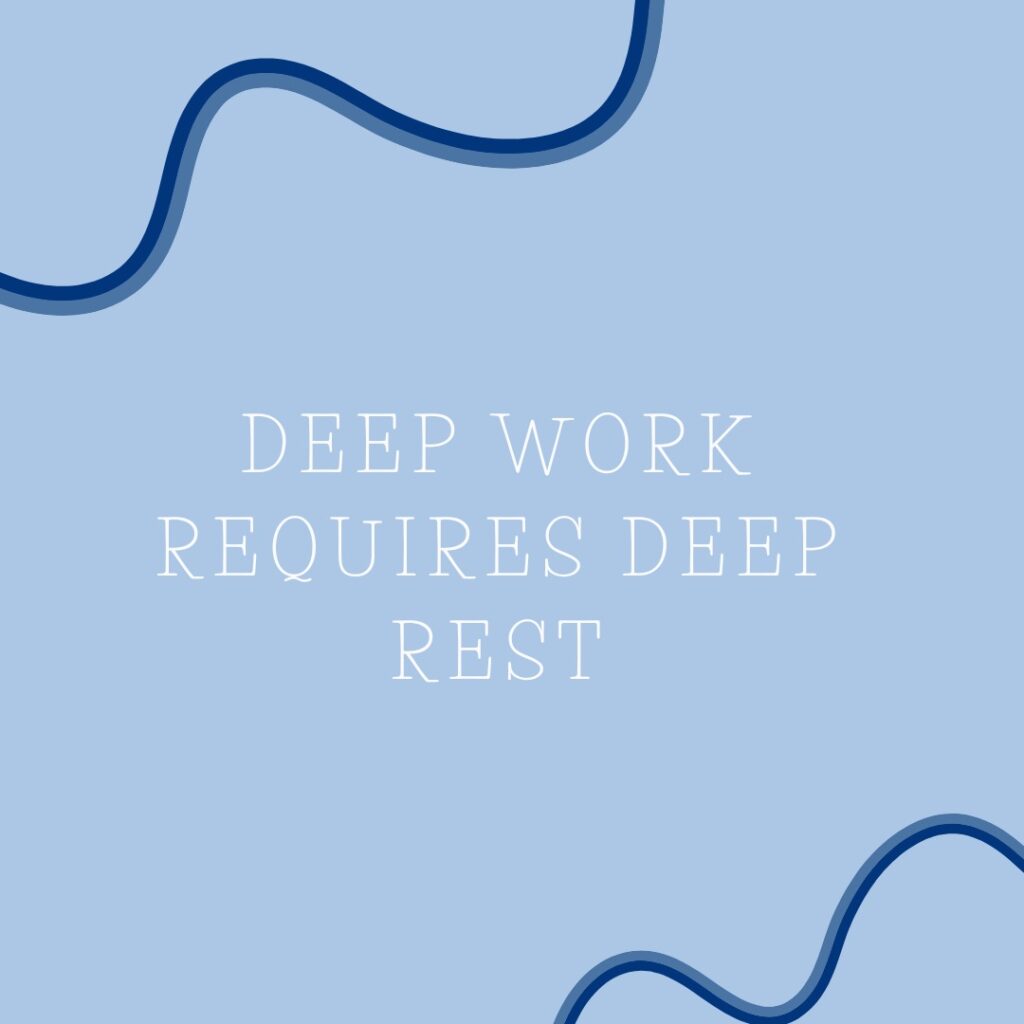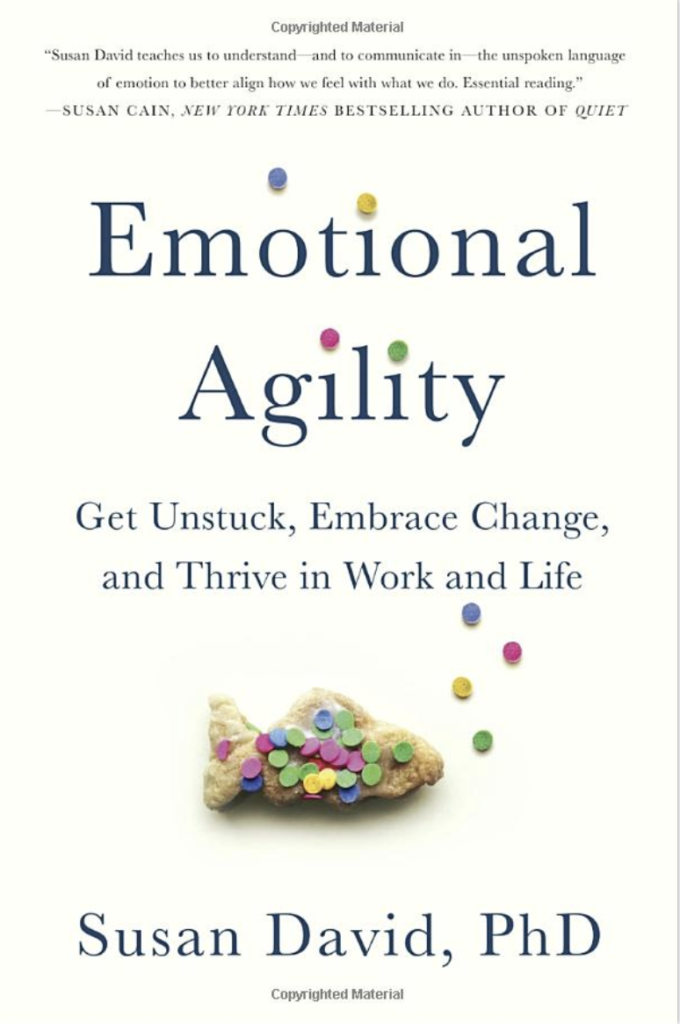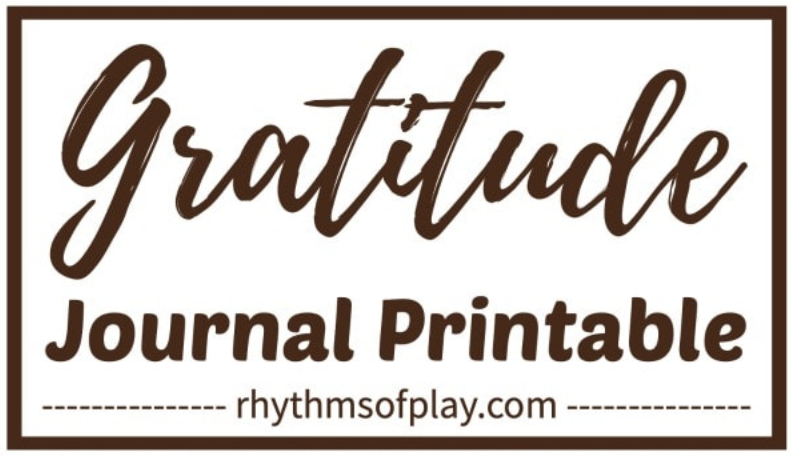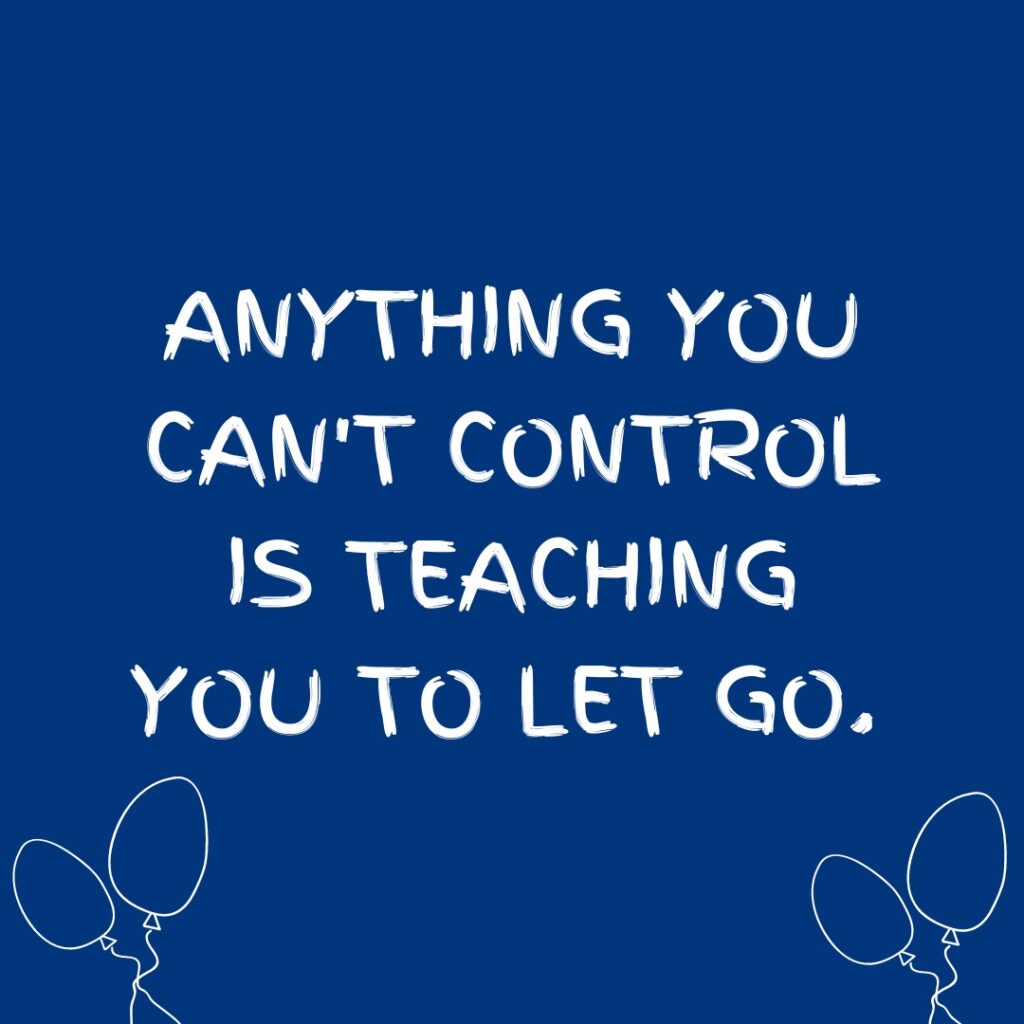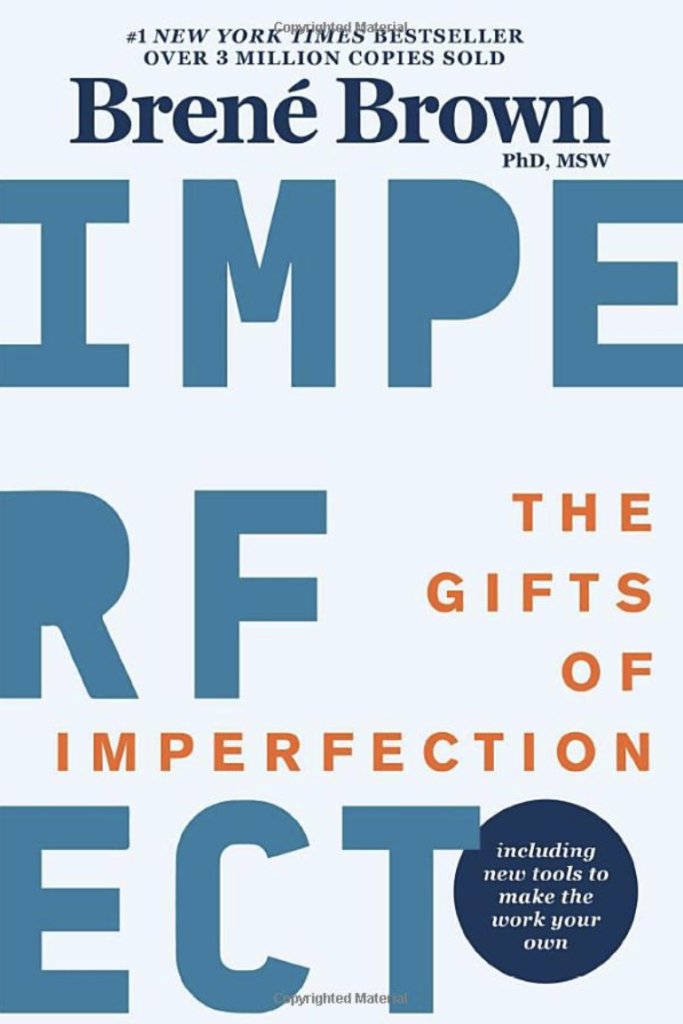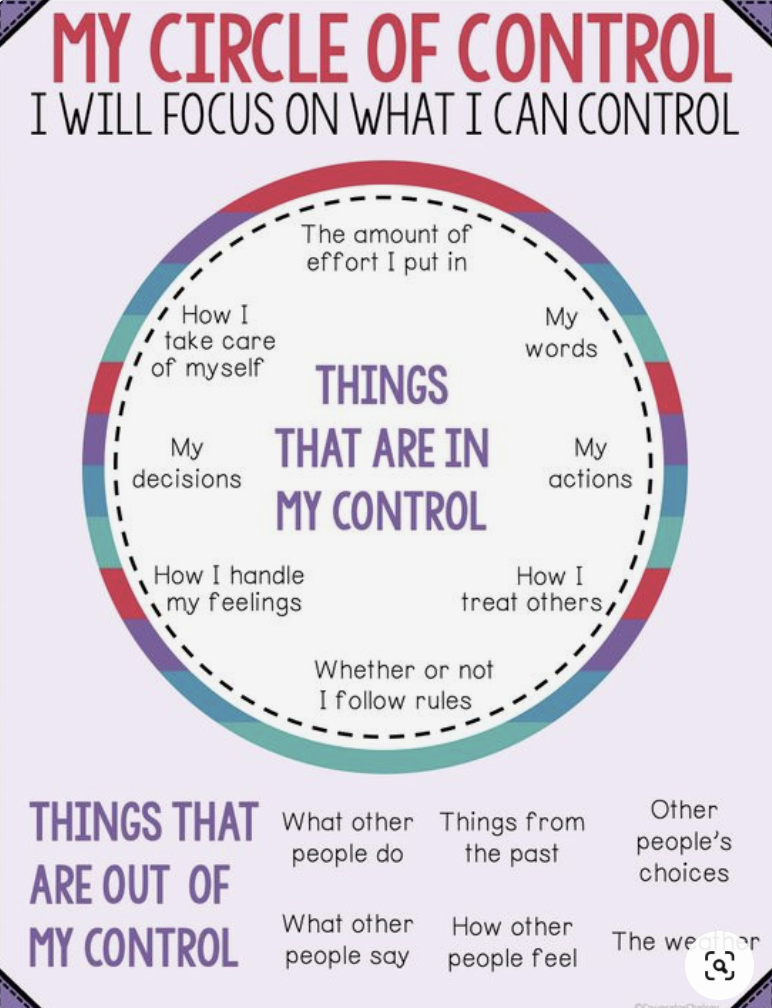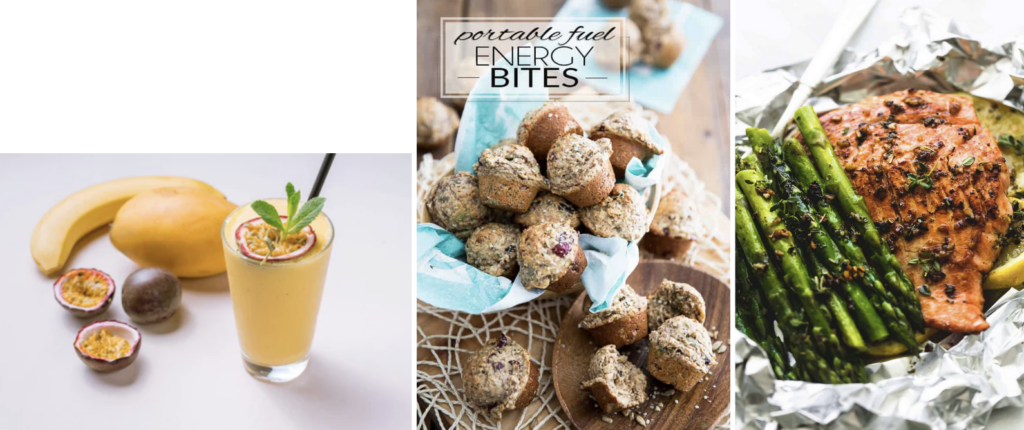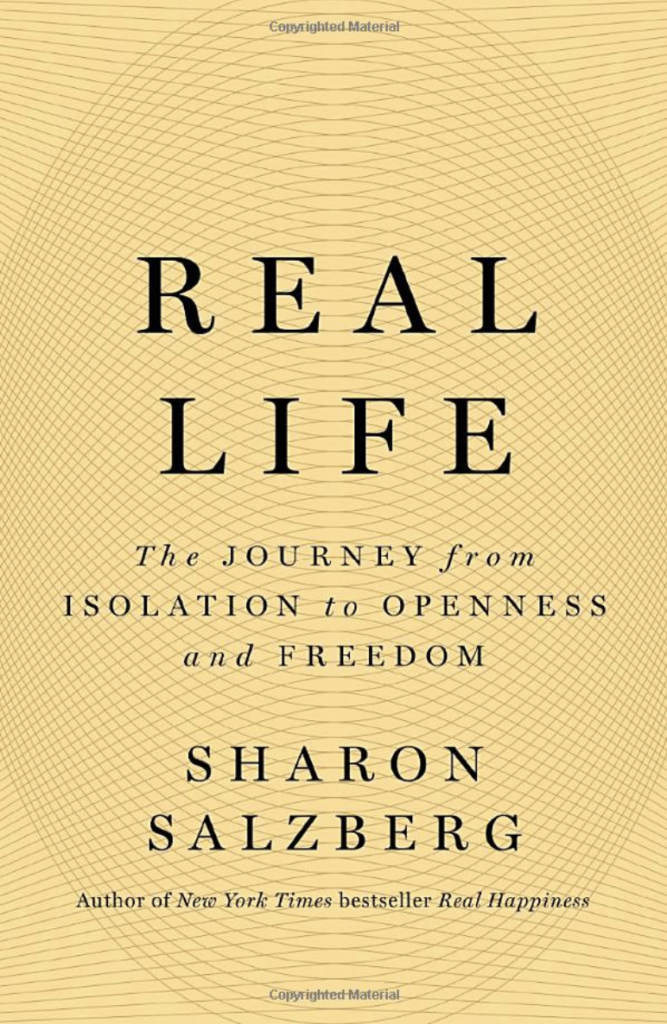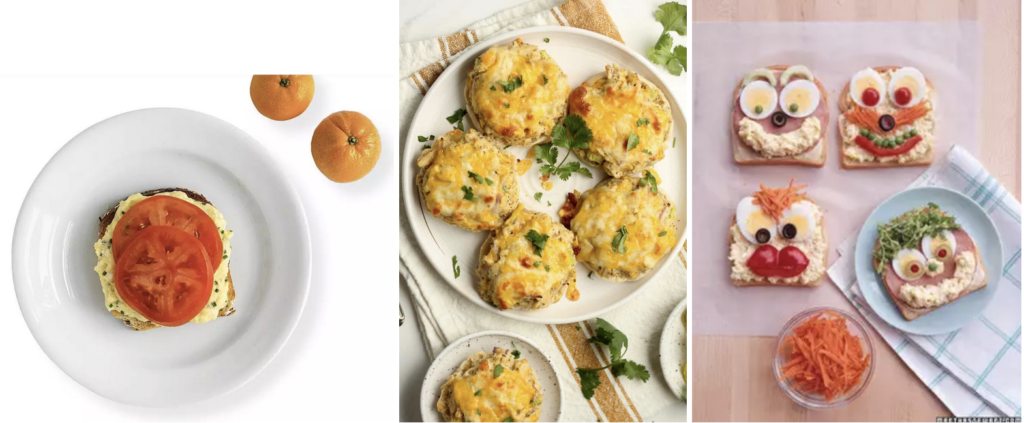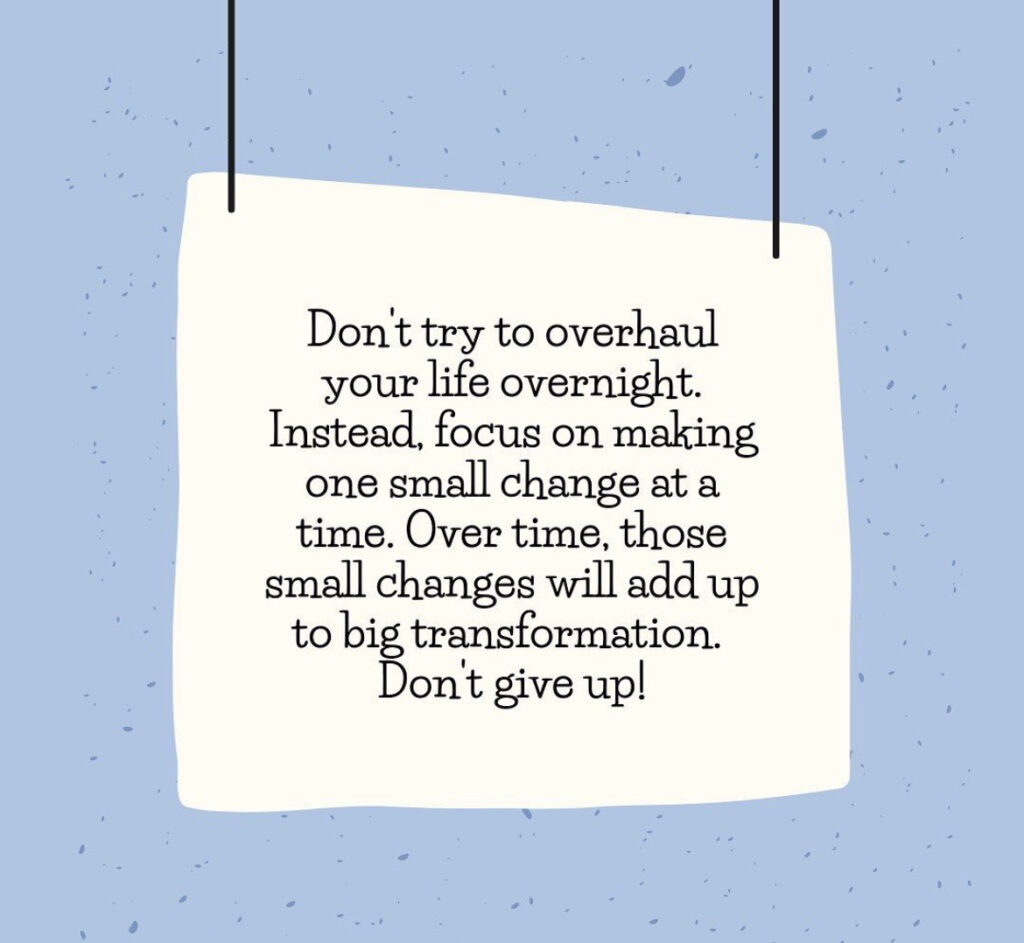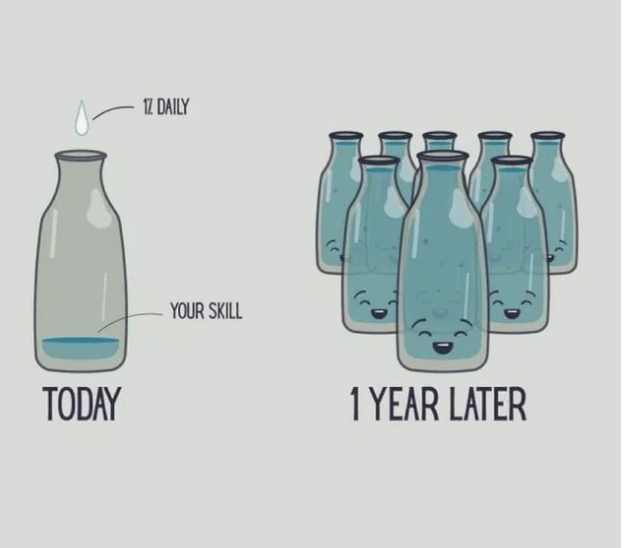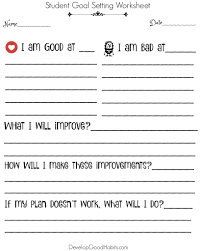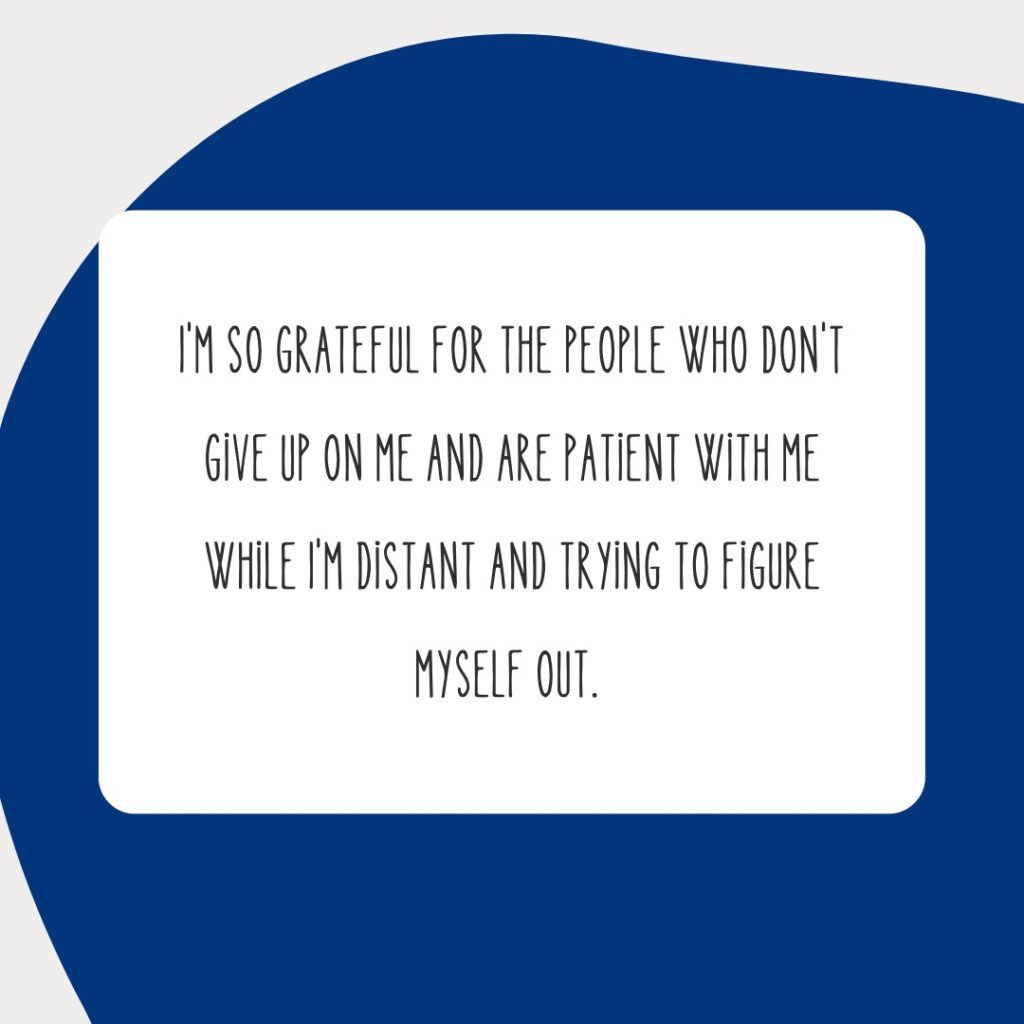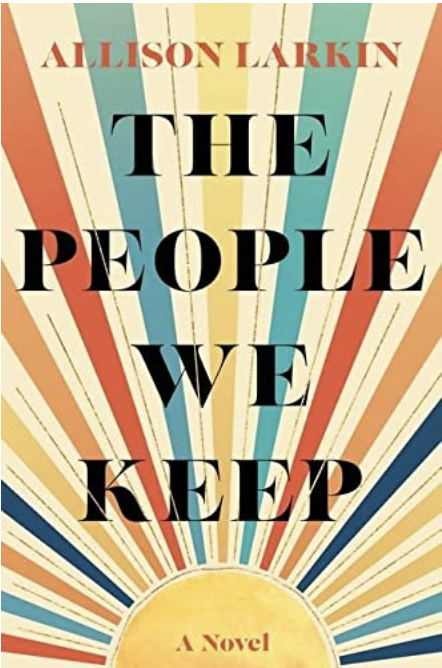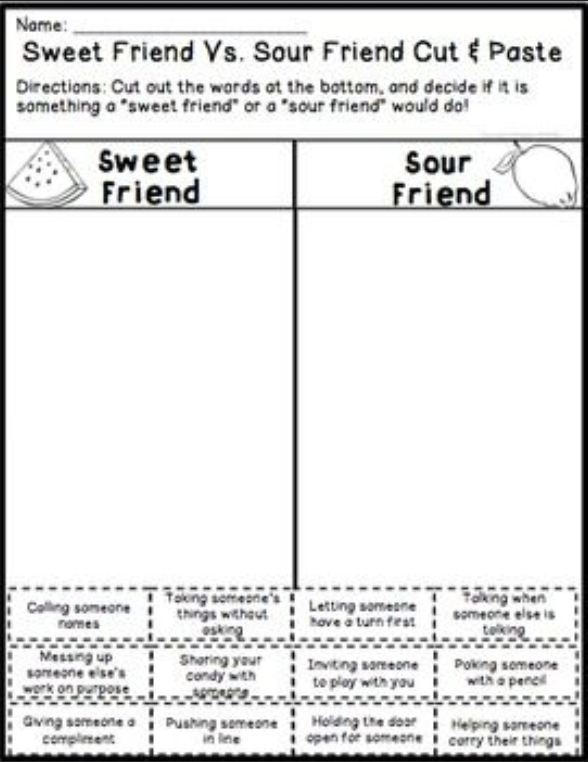What I Learned From Digging in the Dirt
Alex Wilt, LCSW
As kids, we seem to effortlessly possess a deep fascination for life. The world is this exciting, fascinating place for play and opportunity. Even something as simple as looking at bugs or building a sandcastle becomes an incredible, magical mission. As we get older, our to-do’s get longer and our goals become bigger- college, social plans, work, city living- the experience of life as it plays out does not often naturally lend to many opportunities for digging in the dirt.
I certainly am no exception to this experience. And as a new homeowner, I anxiously started adding up my list of to-dos. On top of that list was the seemingly tedious task of pulling weeds. I looked around at my neglected, weed-ridden flower beds, and I decided one sunny day to roll up my sleeves and get to work- weeding and gardening for the first time in my life. What I did not realize was that I would be embarking on a tremendous mindfulness activity, one that would lead me to experience something as seemingly simple as “dirt” in a way I never expected.
As I put on my gardening gloves and grabbed a shovel, it felt a bit like I was getting my armor on for a solo mission. There was a clear goal- pull as many weeds as you can, as quickly as you can, without getting dirty. And it started as such- I bulldozed through the first 20 minutes, feeling rather rushed and overwhelmed as I tried to tame the vast expanse of weed-ridden flower beds. There was so much to do, and as I tried moving as quickly as possible, I felt myself tensing and white-knuckling through the repetitive and tedious task.
However, as time went on, I realized what I was in for, the immense task that was before me. I tried a different strategy- I surrendered control of determining the outcome and starting to focus on the process itself. I noticed the cold ground I was sitting on and my attention began to shift to what was in my hands and in my awareness. To my surprise I noticed an entire ecosystem at my fingertips. I began to observe bugs on a mission to grab their next meal. When I pulled a plant, I was in awe of the intricate plant root structures, the beauty of a “weed.” I heard birds and squirrels sprinting around the yard. I noticed the feel of dirt in my hands, and felt the pressure tug and release as I pulled each plant. My urgency to finish the task fell and my brain simply allowed me to just be with this amazing moment I had been overlooking.
The DBT mindfulness skill called “Participate” is all about throwing ourselves fully into the present moment, and mindfully attending to what’s in front of us. When we are fully participating, we often feel “in flow,” responding smoothly to the ebbs and flows of the moment without overthinking. Nothing speaks of full participation more than a kid playing outside, running around, finding bugs, and making forts. Full participation is where I found myself while gardening, as I allowed myself to be present in what was in front of me.
As adults, this practice of full participation is a skill to relearn, as our goal-focused, expectation-laden mind likes to take us out of the present, pulling us back to the past or driving us into the future as we try to make sense of things. Participating allows us to observe and describe a more rich experience. While weeding, I found myself in awe of things I never paid any attention to before, and while I took it in, my brain and body felt at ease.
Our goal in implementing DBT mindfulness skills is to notice when we find ourselves outside of the moment- lost in the past, future, or our expectations of the moment. This is our cue to lean back and take in with the senses- practicing observing, describing, and fully participating in the present. We might just find that something as seemingly boring as dirt offers us an awe-inspiring, fascinating, and insightful experience.
WORDS OF WISDOM
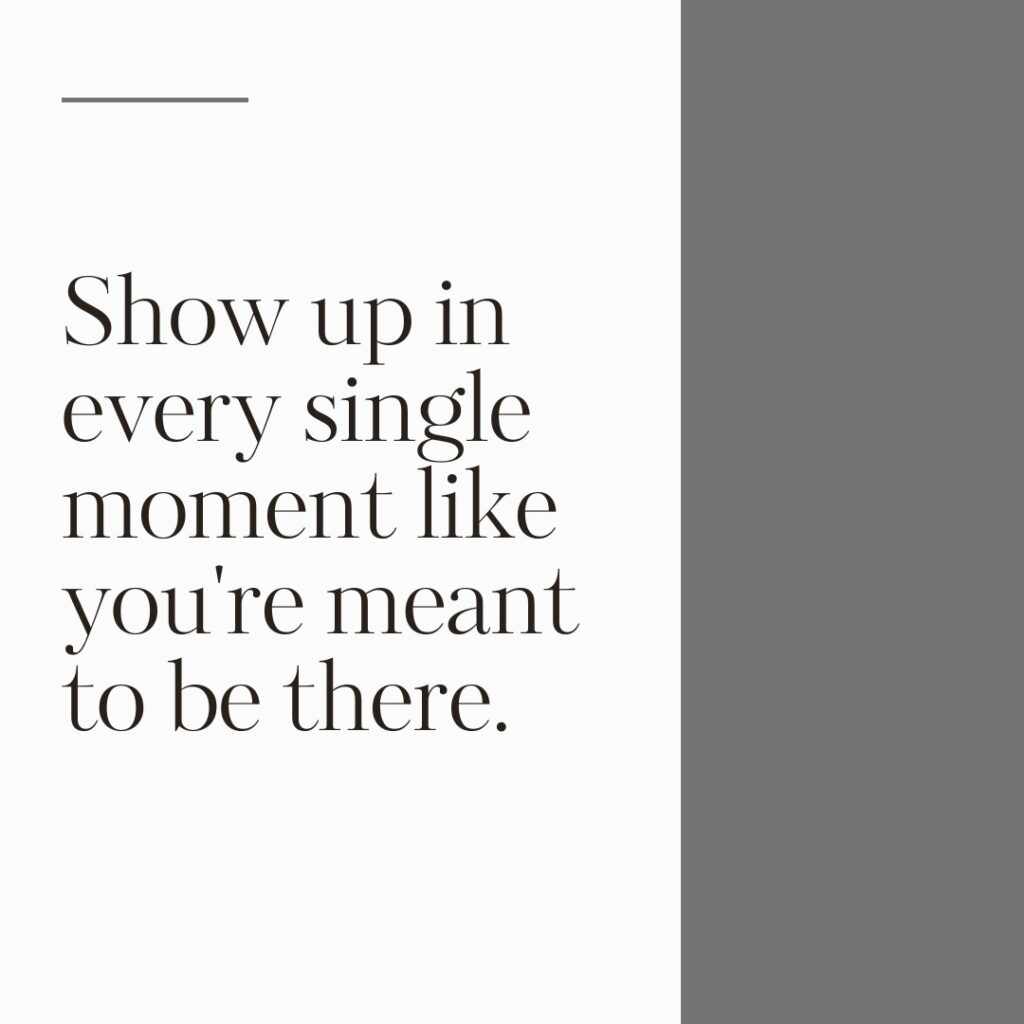
MEME OF THE WEEK
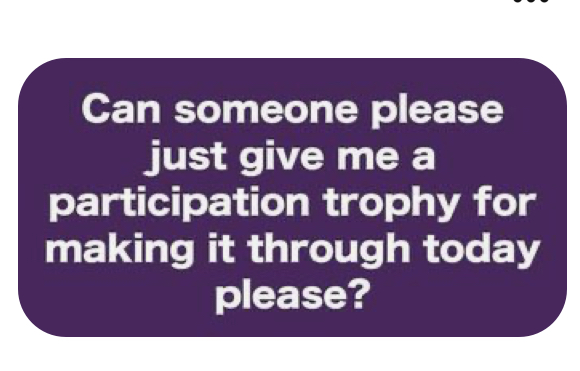
TED TALK
MUSIC
BOOK OF THE WEEK
(Click below to Purchase Book)
MENU

Breakfast Bowl , Best Ground Beef Tacos, Pudding Dirt Dessert Cups
CONTRIBUTE
